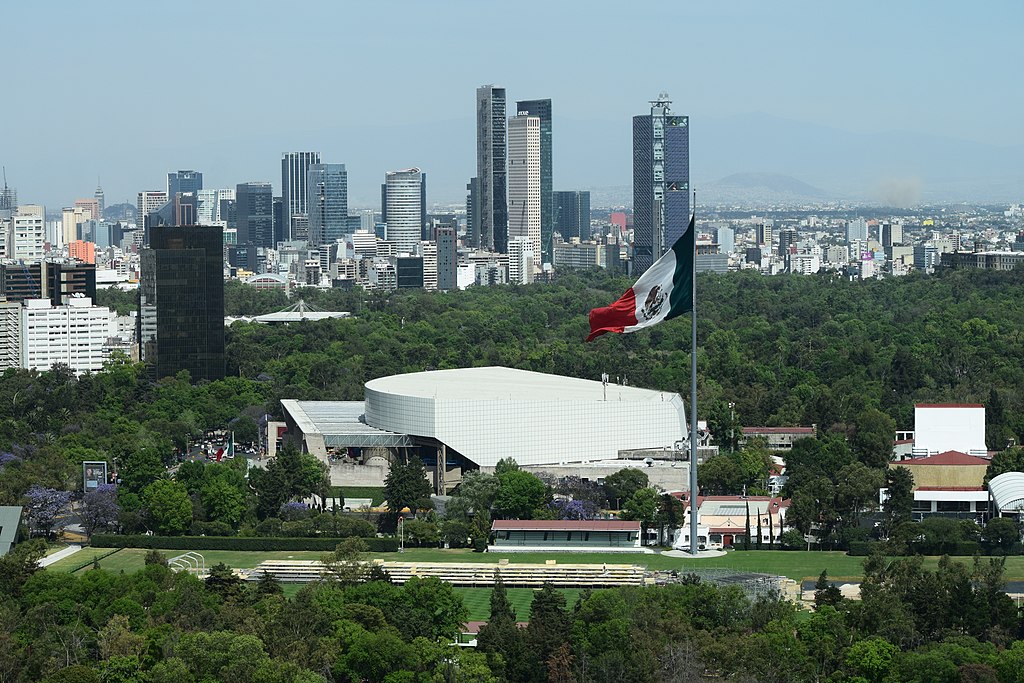
Campo Marte is the old military equestrian field. It’s still administered by the Secretariat of National Defense (SEDENA). Most Mexico City residents will experience it as that part of Chapultepec Park not generally opened to the public. The end of Line 7 of the Metrobús is also here, and bears the same name. In fact, Campo Marte is used for big events that are open to the public like art fairs and exhibitions. Just west of the National Auditorium, it’s also plainly visible for the Loyalty Monument displayed prominently on Paseo de la Reforma.
The field is named for the Campus Martius in ancient Rome. Many cities world-wide, depending on their distance from and relationship with the Roman system, have a “Field of Mars.” The name is generally applied to an exercise field, or parade grounds used by the military.
This Campo Marte was purchased to serve as a military equestrian grounds in the early 20th century. It only formally came under the control of the SEDENA in 1937. Although in 1941, it was briefly renamed the “Parque Nacional Anáhuac,” in 1972 the original name was restored.
Historically the base of the military guards of the Mexican Presidency, as this was disbanded in 2018, today it serves as a sports fields and training grounds for the military. The focus is still on equestrian training and spectacle that requires a larger venue.
Campo Marte is also the site of one of three Monumental Flags in Mexico City. (The others are at the Zócalo and at the Glorieta de San Jerónimo.) Bordered on the west by the Monument to the Victims of State Violence, the entrance to events held on the site is generally to the immediate west of the Auditorio. Here the Plaza del Servicio a la Patria (Service to the Homeland Plaza) marks the easternmost point of the installation.
 The entrance to the Campo Marte is marked by a monument to Division General Joaquín Amaro Domínguez (1889–1952). Amaro was the principle organizer of the modern Mexican Army. A revolutionary general and military reformer, he later served as Secretary of War through the 1920s. He's often credited with transforming the armed forces from a partisan political faction to one loyal to the president and constitution. A committed leader during the Revolution, his experience led to the successful consolidation of the Mexican government and armed forces that had fought bitterly during the long war.
The entrance to the Campo Marte is marked by a monument to Division General Joaquín Amaro Domínguez (1889–1952). Amaro was the principle organizer of the modern Mexican Army. A revolutionary general and military reformer, he later served as Secretary of War through the 1920s. He's often credited with transforming the armed forces from a partisan political faction to one loyal to the president and constitution. A committed leader during the Revolution, his experience led to the successful consolidation of the Mexican government and armed forces that had fought bitterly during the long war.

Nearest at 0.09 kms.
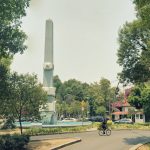
Nearest at 0.18 kms.
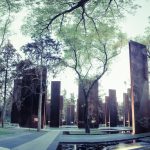
Nearest at 0.22 kms.
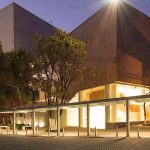
One of the most prominent theatrical stage in all of Mexico . . .
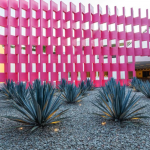
One of Mexico City's true landmark hotels . . .

One of Mexico City's oldest traditional training and sports facilities . . .

A first rate theater for the Polanco and Centro Deportivo Chapultepec communities . . .
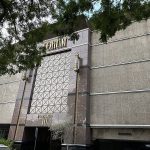
The seat of Chile's diplomatic mission to Mexico . . .